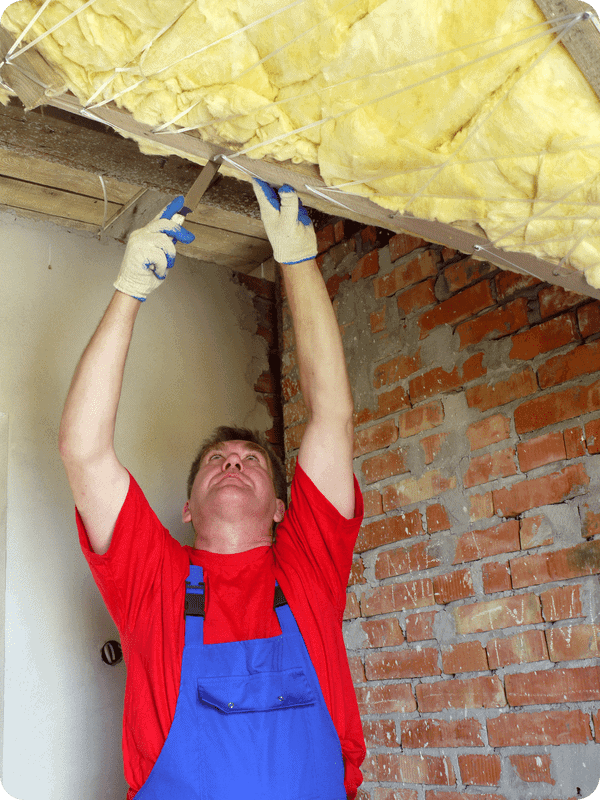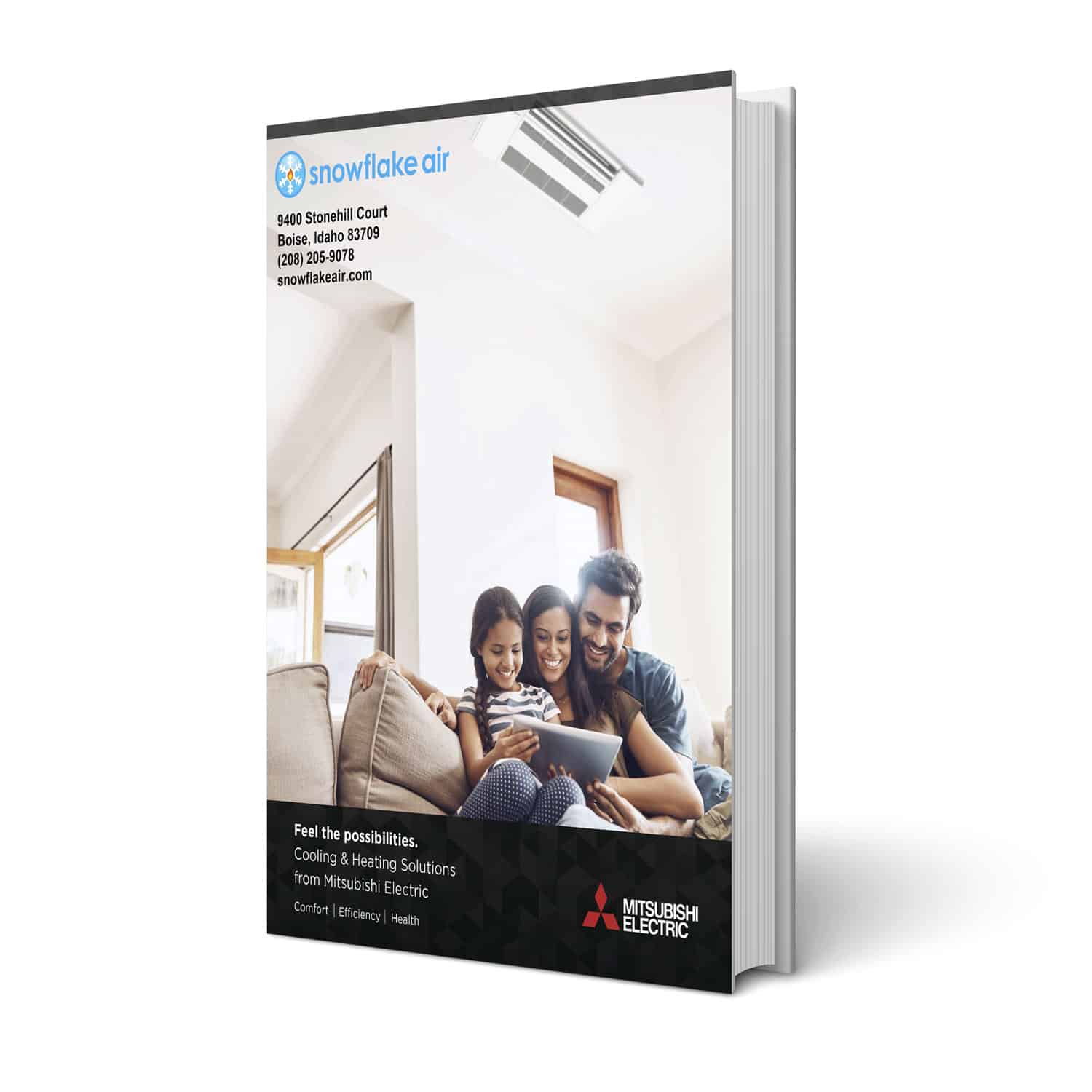 In most cases, a bedroom on the second floor is so cold because of heat rising and escaping through the roof. So while the first floor feels fine, there’s not enough heat to keep the bedrooms warm.
In most cases, a bedroom on the second floor is so cold because of heat rising and escaping through the roof. So while the first floor feels fine, there’s not enough heat to keep the bedrooms warm.
Of course, that’s just the tip of the iceberg. There’s a little more to the situation than that. And, we have a few ways to fix the problems.
We’ll go through all these points in this article. In particular, we’ll go into all the factors that create those cold bedrooms in the winter. And, we’ll look at a few solutions.
In the meantime, you can always call or email us with questions or concerns about the heat or overall comfort in your Treasure Valley home.
Why Second-Floor Rooms Are Cold In the Winter (And Hot In The Summer)
Four big reasons why second-floor rooms and bedrooms are too cold in the winter are:
-
Heat Rising
-
Lack Of Insulation
-
Thermostat Limitations
Heat Rising
At first glance, the first point here seems counterintuitive. If heat rises, why is the second floor colder than the first? After all, the bedrooms are often hotter than the first floor in the summer.
The whole reason has to do with what happens once the heat gets up there. And the fact that heat naturally moves toward cold areas.
In the warm weather, you have the sun also beating down on the roof. So, when the heat rises, it gets trapped on the top floor because the roof is even warmer. That results in the bedroom getting too hot in the summer.
In the winter, however, there’s cold air outside.
As a result, the heat on your second floor keeps going. It finds any draft or opening to meet that cold air outside. So, your home retains too much heat in the summer. In the winter, it loses the heat your furnace generates.
It’s an even more pronounced problem when trying to keep a bedroom with high ceilings warm in the winter.
 Lack Of Insulation
Lack Of Insulation
This point is related to the first: Heat escapes in the winter when there’s not enough insulation. Remember, that warm air you’re generating is looking for any way to escape into the cold winter temperatures outside.
Thermostat Limitations
If your home has two stories, and one is colder than the other, why is there only a thermostat on the first floor?
The answer is simple: When you have one furnace, you have one control for it. A standard single-zone system like this can’t provide more heat upstairs and less downstairs. It’s all or nothing — and that’s a problem.
Once the downstairs — where you have the thermostat — gets warm enough, the heater shuts off. But, the upstairs is still too cold. The second story never gets the treatment it needs.
Three Ways To Make Your Bedroom Warmer In The Winter
-
Add Insulation
-
Baseboard Heater
-
Ductless Mini Split
Add Insulation
The better insulation you have in your home, the more comfortable you’ll be— in all seasons!
When the upstairs, particularly the roof or attic, is well-insulated, you don’t lose your heat in the winter. The warm air that rises stays there.
And, in the summer, there’s not as much heat coming in from outside. That allows your air conditioning to do a better job on the second floor.
It’s a good idea, but it can be expensive and difficult. Unless you have attic access, adding insulation often means ripping down a ceiling and then putting up a new one. That can add hundreds or even thousands of dollars to the project.
Baseboard Heater
Ten years ago, we probably would have said that adding a baseboard heater was the best bet for a room that’s too cold. There’s better technology out there now, and we’ll get to that. But for now, let’s start here.
Baseboard heaters are inexpensive to buy and very easy to install. That makes them great for adding supplemental heat to a room that’s always too cold in the winter. But, they have drawbacks.
First, they cost a lot of money to run. So you’ll spend a little upfront and a lot every month on your electric bill.
Second, they only provide heat. And, rooms too cold in the winter are often also too hot in the summer.
Ductless Mini Split
Ductless heating and cooling, or heat pump mini split systems, have improved leaps and bounds over the 15 years. That’s why we recommend these for problem rooms over any other solution.
Read More: How Do Mini Splits Work?
Let’s address the drawback first: The cost to install a mini split, from single-zone to multi-zone setups.
When it comes to price, these are the opposite of baseboard heaters. They cost almost nothing from month to month. But, the upfront cost is much higher.
Fortunately, you can make that money back in lower energy bills in the years to come. And a mini split also provides air conditioning. So, you don’t need a separate window unit or portable AC. And, rebates and other financial incentives help make them more affordable.
As a result, you’ll save money in the summer, too.
Read Real Case Studies Of Mini Split Installations In Boise Metro and Valley County
HVAC Repair, Service, And Mini Split Installation In Meridian, ID
Snowflake Air has an excellent reputation for HVAC repair, service, and mini split installations in Meridian, ID, Caldwell, Boise, and across the Treasure River Valley.
Do you have a room that’s too hot or too cold? Have you noticed new problems with the heating and cooling system in your Meridian, ID home? Or, do you want to make sure your home stays warm and comfortable all winter?
Click below or call us at (208) 205-9078 to learn more.



